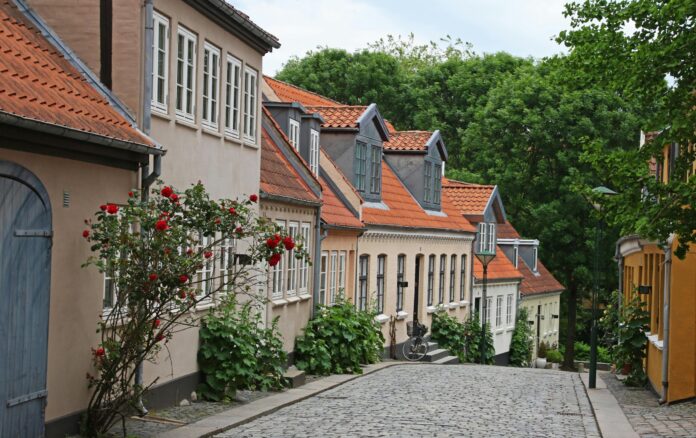Experts from Estonia and other European countries are due to meet on Wednesday, November 13, to look at ways of alleviating a housing affordability crisis in Estonia. This will happen during an international architectural conference at the PROTO Invention Factory in Tallinn.
Specialists from the Netherlands, Finland, Belgium, Germany and Estonia will take part in the event, which is organised by the Estonian Association of Architects. The title of the session will be “Precious Home.”
Organisers say that during the past 10 years, the gap in home ownership accessibility between younger and older Estonians has broadened by 10%. Between 2010 and 2020, the cost of buying or renting a home in Estonia rose more than was the case in other European countries.
Associate Professor Anneli Kährik from the University of Tartu is an expert on urban geography, and she says that Estonia and particularly its capital city are experiencing a housing affordability crisis. Major reasons include the complexities of mortgage finance, the government’s social policies, and a decrease in the supply of affordable housing.
All of this has increased inequality in housing access. The share of Estonians who own their home dropped from 83.4% in 2010 to 75.1% in 2020, while the share of renters rose from 16.6% to 24.9%.
“Fundamental changes are taking place in the housing sector,” says Aet Ader, president of the Estonian Association of Architects. “We are moving toward Western models, but we must avoid mistakes that have been made by others. We must avoid social stratification and the associated spatial segregation.”
The housing affordability problem mostly affects young people. In 2010, one-third of young people rented housing, while in 2020 it was one in two. Between 2010 and 2020, the gap in housing ownership accessibility between the younger age group and the older generation rose by 10%. The fact that young people have a decreasing opportunity to buy their own home means that they have to rent housing for a longer period of time.
“The problem of housing unaffordability is no longer limited to the underprivileged population,” Ader says. “It is a much wider concern. An increase in residential housing prices in city centres has largely been influenced by the fact that demand exceeds supply. The commodification of housing, by which I mean buying homes just as an investment, exacerbates socioeconomic inequality, and that is why many people who earn an average salary find that locating a home which satisfies their needs is simply a dream.”
Estonia’s governing coalition signed a commitment on the creation of new homes this past summer, and that is a good basis for a new housing strategy in Estonia which means searching for diverse solutions to an extensive problem, she added.
Source: BNS
(Reproduction of BNS information in mass media and other websites without written consent of BNS is prohibited.)

